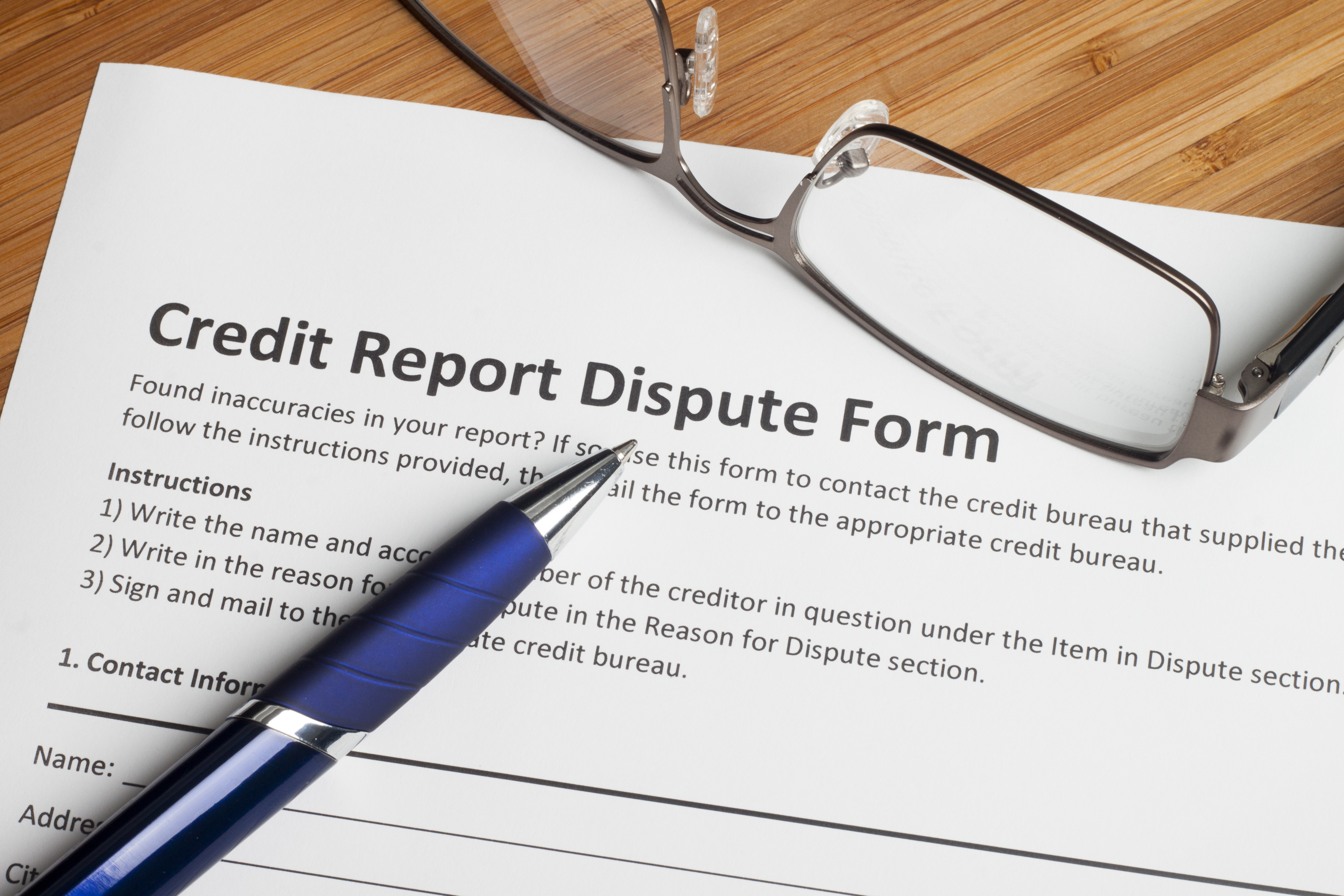Credit Repair Masterclass: How to Dispute Your Credit Report to Remove Errors
Did you recently receive your credit report? Did you find errors that require correcting?
Believe it or not, about 20% of Americans receive incorrect credit reports. What is far worse is that these errors tend to affect people’s credit score.
In the eyes of lenders, they look riskier than they really are.
If a lender qualifies you as a risk, you will likely have a hard time securing a loan. Thankfully, you have an opportunity to dispute credit report data. You have the chance to correct those errors and improve your credit standing.
Continue reading below if you want to learn how to dispute your credit report the right way.
How to Dispute Credit Report Mistakes: The Step-by-Step Process
Yes, you can dispute errors on your credit report. However, it’s not as simple as filing a complaint. You need significant evidence to prove the error is on their part.
Don’t worry, we’ll guide you through the process:
1. Collate Your Evidence
Before you raise hell on the credit bureau, you must first gather evidence. Collect and collate all the key documents that will support your dispute. This is crucial since all the major credit bureaus will conduct an evaluation of your claim.
As for the documents, collect the ones that directly affect your dispute. If the issue involves identity theft, you should provide the bureau a copy of the police report.
If your dispute involves misreporting of your credit line information, you should prepare all your loan documents and credit card statements.
2. Get in Touch with the Credit Bureau
The next step is to contact the credit bureau. There are three major credit bureaus that furnish the reports: Equifax, Experian, and TransUnion.
Sometimes, you only one of the three reports contain errors. Sometimes, all three reports require correction.
Your goal is to file a dispute either by email or traditional mail. You also need to prepare a handwritten letter explaining the nature of the error. You should also state in the letter why you feel the credit report is inaccurate.
Follow these sample templates when writing a dispute letter.
Don’t forget to include all the documents you collected beforehand. If you are sending the documents by mail, make sure to use certified mail that comes with a return receipt.
3. Reach Out to the Furnisher
Though this is optional, you may also want to contact your lender. The furnisher is the one who sends your information to the credit bureau. The lender can be your bank, loan provider, or credit card company.
You have the option to contact the furnisher before you send your dispute to the credit bureau. If the error is a lapse on the part of the furnisher, you can easily resolve the error without going to the bureau.
But if the mistake is clearly related to identity theft, then you need to go to the credit bureau first.
4. Wait for a Response
After formally sending your dispute to the credit bureau, the waiting game begins. Upon receiving your dispute, the credit bureau has 30 days to look into your case. They will investigate the issue and verify the details with your furnisher.
After completing their investigation, the credit bureau also has five days to send you their findings. The same process also applies if you file your dispute directly to the furnisher. Give the entire process a maximum of 45 days.
Keep in mind that either the credit bureau or the furnisher can flag your dispute. If the bureau finds it frivolous, it will likely end its investigation. Expect to receive feedback in five days.
Generally, they flag disputes that have incorrect information. They also flag complaints that lack valuable information.
The good thing is you can resubmit your dispute. Make sure to complete the missing requirements before refiling your dispute.
5. Review the Findings
Upon receiving the results of the investigation, take ample time to review the findings. The credit bureau should provide you a detailed report. They should also give you a free copy of your credit report if there are any changes.
You can also expect the bureau to give you the name and contact details of the furnisher that gave them the incorrect report. Take note of the key details. The furnisher should instruct the bureau to correct or delete the incorrect information.
6. Keep Watch of any Updates
Lastly, you need to check your credit reports and see if the furnisher already applied the necessary corrections. Take note that updates tend to take some time before they appear.
But they should not take several months.
In such cases, it is best to get in touch with both the credit bureau and the furnisher regarding the updates.
Protecting Yourself
Not too long ago, hackers stole personal data of about 143 million Equifax clients. A lot of bad things may happen if you fall into the ploys of these hackers. They can withdraw funds from your bank accounts.
They can also apply for credit loans using your name. In some cases, they can sell your personal information to other cybercriminals.
Let’s take a look at some simple tips that will help protect you from identity theft.
1. Beef Up on Passwords
Always use passwords. This applies not only to your financial accounts but also to your laptops and mobile devices. Always go for stronger passwords. Don’t use a single password for all of your accounts.
2. Don’t Give Out Your Info
If your bank or credit card company calls you and asks for your Social Security number or credit card PIN, better be wary. Chances are, these are fraudsters pretending to be legit.
Keep in mind that banks will never call you over the phone and ask for such details.
3. Review Your Credit Reports
Always make it a habit to review your previous credit reports. This will help you pinpoint any anomalous transactions under your name. This will buy you time to report the matter to your credit card company.
Learn More About Credit Repair
Now that you know how to dispute credit report data, it’s time to take your knowledge to the next level. We encourage you to check our other articles on credit repair.
Don’t stop here! Check our other guides for more financial aid. We discuss topics like credit repair systems and improving your credit score, among others.




Leave a Reply
Want to join the discussion?Feel free to contribute!